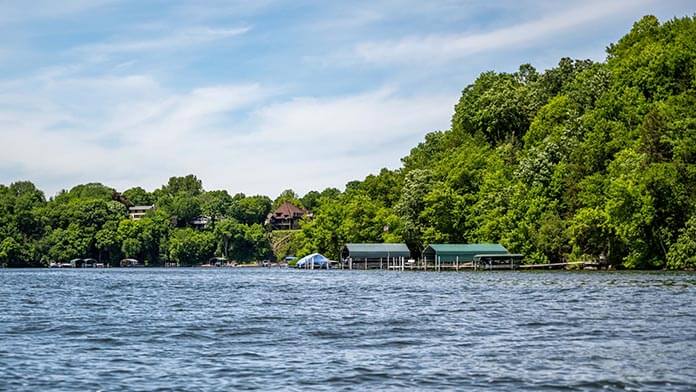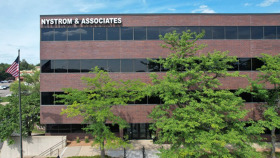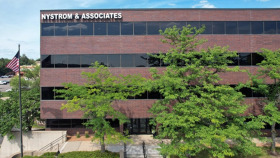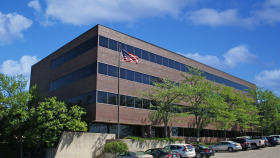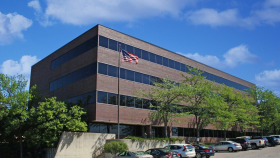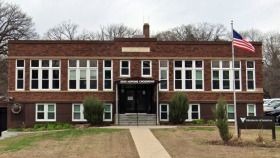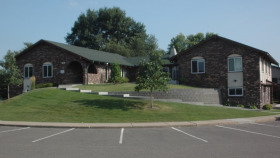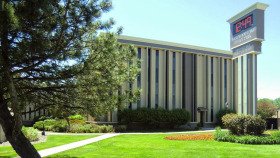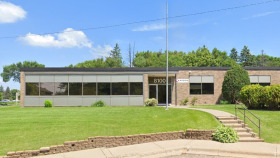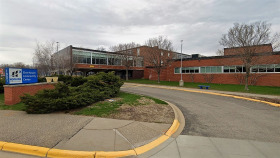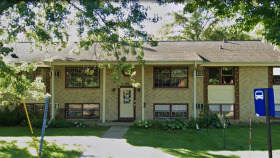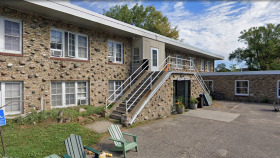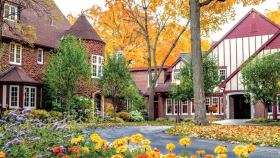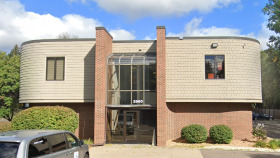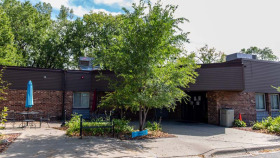Drug and Alcohol Statistics in Minnetonka
Opioids in Hennepin County are impacting different resident groups within the area. The following are percentages and statistics of the groups most affected by opioids in 2021. Out of the 340 overdose deaths:2
28% were between 25 and 34
Opioids are not the only substances causing deaths in Hennepin County. In 2020:3
69 deaths involving benzodiazepines such as Alprazolam or Xanax
42 deaths involving cocaine or crack
96 deaths involving psychostimulants such as methamphetamine
Alcohol continues to be deadly for some, either by drinking and driving or toxicity. In Hennepin, however, many with an alcohol use disorder seek treatment. For example, in 2020, 5,593 residents entered treatment for alcohol, a significantly higher number than those who entered for methamphetamine (2,614), opioids (3,044), or cocaine (856).3
Levels of Substance Abuse Treatment
Addiction needs vary by person and situation. The following levels of treatment are available to meet these various needs.
Alcohol and Drug Detoxification
Before beginning a formal inpatient or outpatient program, detox is often necessary. This is the process of safely and comfortably removing drugs or alcohol from your system. Detox occurs in a supervised setting, such as a hospital or inpatient rehab center.
Inpatient Drug and Alcohol Rehab
Residential or inpatient treatment provides 24/7 supervised care while you live at the rehab facility. A combination of treatment interventions is offered, including individual and group therapy, nutritional counseling, experiential therapies, and medication.
Partial hospitalization programs (PHPs)
PHPs allow you to live at home while attending treatment at a hospital. You may receive many of the same treatment services offered through inpatient care, but you can return home during non-treatment hours.
Intensive Outpatient Programs (IOPs)
IOPs are a step down from PHPs. With this program, you attend a few hours of counseling over several days each week while spending the rest of your time at work, school, or fulfilling other obligations.
Standard Outpatient
As the least intensive treatment option, standard outpatient care involves just one to two hours of treatment per week. This level is appropriate for highly motivated people with a strong support system.
Relapse Prevention
Relapse prevention, also referred to as aftercare, begins when you complete a rehab program. It involves ongoing support to encourage continuing sobriety. Supports typically include 12-step groups, therapy, sober living homes, or other accountability.
How to Pay for Substance Addiction Treatment in Minnetonka, Minnesota
Private Insurance
The Mental Health Parity and Addiction Equity Act requires all insurance providers to cover substance abuse and mental health treatment services in some capacity. Minnesota residents must confirm with their provider the precise coverage offered under their specific plan.
Minnesota Medicaid
Medical Assistance (MA) is Minnesota’s Medicaid program. This government program provides healthcare plans for Minnesota residents with low income. MA serves children and families, pregnant women, adults without children, seniors, and people who are blind or have a disability.5
Minnesota Medicare
Minnesota Medicare is a national health insurance program that provides health insurance for Minnesotans age 65 or older, have a disability status, or have end-stage renal disease or ALS. Medicare plans cover addiction treatment services; however, the rehab center must accept Medicare as a form of payment.
TRICARE in Minnesota
Minnesota TRICARE (West region) is a government program providing health insurance coverage to the U.S. Armed Forces military personnel, veterans, and their dependents. This coverage includes addiction treatment services.
Sliding Scale Rehabs
Sliding scale rehabs charge Minnesota residents only what they can afford, based on their income. Facilities typically require participants to provide proof of income to qualify for this discount.
IHS-Funded Drug Rehabs
Indian Health Service (IHS) provides free addiction treatment to Alaskan Natives and Indigenous people in the U.S.

Getting to and Around Minnetonka
Interstates like I-419, I-394, and Highway 7 make getting around Minnetonka and to your detox, inpatient, or outpatient program at a Minnetonka drug rehab.
Getting Around
Ground transportation options include the following:4
- Metro Transit Bus
- Park and ride carpools
- Transit Link
- Metro Mobility
- Southwest Light Rail Transit
You may also choose ride-share services like Uber and Lyft, car rentals, shuttles, and taxi cabs. If you live near your Minnetonka drug rehab, you can travel by bike or scooter or walk.
Where to Stay
If you plan to stay in Minnetonka alone, you may want to consider the following housing options:
- Hotels or motels
- Campgrounds
- Houseboats
If you are traveling to Minnetonka with family or friends, consider the following:
- Extended stay suites
- Resorts
- RV Parks
- Cabins
- Bed and Breakfasts
- Airbnb or VRBO
Things to Do
While staying in Minnetonka, there are plenty of activities to fill your spare time. You do not have to worry about boredom being a trigger for relapse. Instead, you can practice what you learned while in a drug and alcohol rehab in Hennepin County. Below are a few ideas:
- Connect with the community5
- Work at shelters
- Assist at fairs and festivals
- Take care of the environment
- Volunteer with pets at the humane society
- Help out with food-sharing programs
- Connect with nature6
- Birding and wildlife events
- Outdoor recreation
- Water activities
- Connect with the past6
- Visit historical sites
- Museums
- Cultural tours
- Music and the arts6
- Concerts
- Theater
- Seasonal events
- Keep learning6
- Continuing education classes
- Learn a new hobby
- College or university courses
- Join a local class online or in-person
- Libraries
- Support groups
Sometimes going to a new location, even within the same state, can be just what you need to start your recovery journey. Minnetonka drug rehabs offer safe, structured programs that can help you heal. Start getting free from addiction today.
Minnesota Alcohol and Drug Laws
Minnesota lawmakers and public health agencies have enacted the following laws related to substance misuse and overdoses:1,2,3,4
Good Samaritan Overdose Medical Assistance Law: This law stipulates that a person who seeks medical assistance for someone who is experiencing a drug-related overdose may not be charged or prosecuted for the possession or use of a controlled substance or drug paraphernalia. The law also protects the person who is experiencing the overdose from prosecution. This law is designed to remove fear of legal repercussions, to encourage Minnesota residents to call 911 during an overdose situation.
Minnesota’s Drug and Alcohol Testing in the Workplace Act: In Minnesota, employers are not permitted to drug test their employees with impunity. The laws allow only specific instances in which drug and alcohol testing could be legal in the workplace. Policy makers are reviewing these laws now that marijuana use was legalized in Minnesota in 2022.
DWI Laws: Minnesota’s driving while intoxicated laws make it illegal to drive, operate, or be in control of any motor vehicle anywhere in the state while under the influence of a controlled substance, alcohol, or any intoxicating substance; having a BAC of .08 or more; having any amount of a Schedule I or II controlled substance (other than marijuana), in the body. For Minnesotans under the age of 21, consumption of any amount of alcohol and driving of a motor vehicle results in a loss of driver’s license and additional penalties.
Marijuana Laws: As of July 1, 2022, Minnesota residents who are at least 21 years old can legally purchase and consume edible and drinkable products containing hemp-derived THC. The law allows businesses to sell, and individuals to consume products containing no more than five milligrams of THC per serving and no more than 50 milligrams of THC per package.
Resources
- Hennepin County, Minnesota. 2022. Opioid Epidemic.
- Hennepin County, Minnesota. 2022. Opioid Deaths Among Residents in Hennepin County.
- Minnesota Department of Health. 2022. Hennepin County Substance Use and Overdose Profile.
- The city of Minnetonka. 2022. Public Transportation.
- Hennepin County, Minnesota. 2022. Volunteer with Hennepin County.
- The city of Minnetonka. 2022. Our City.

